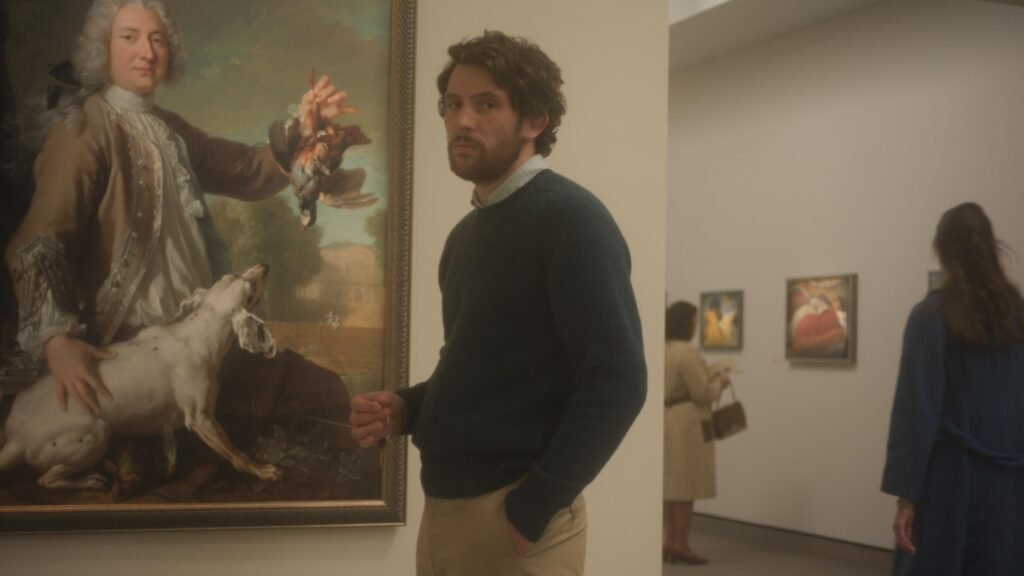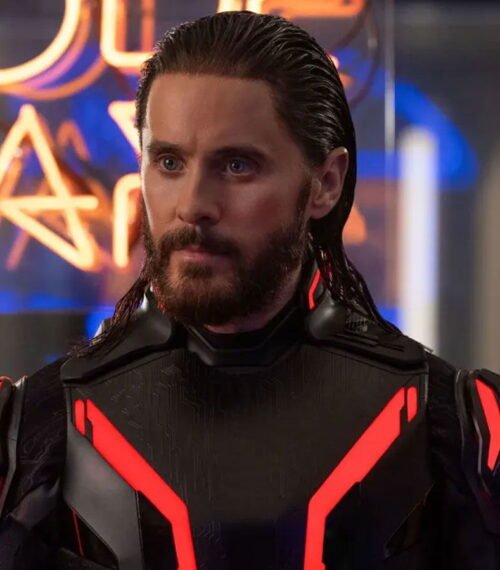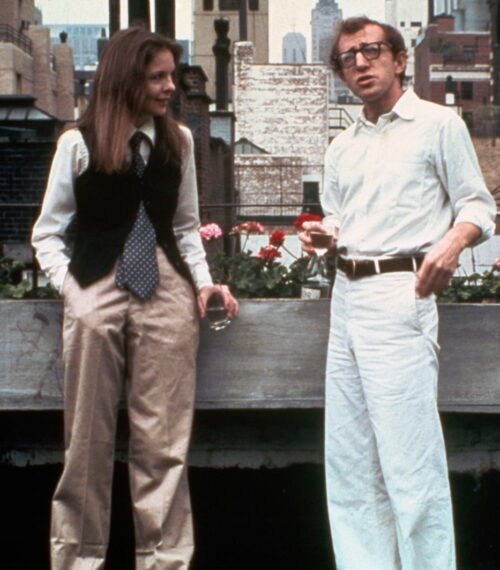Some of filmmaker Kelly Reichardt’s best films are her clever subversions of worn genres. Meek’s Cutoff and First Cow saw her tackle the Western, while Night Moves offered her take on the thriller. Her latest movie, The Mastermind, sees her approach the heist film, and while she doesn’t use the genre’s grammar to offer a unique new story as effectively as she did in those other films we mentioned, it’s certainly an entertaining entry into both her filmography and the genre as a whole.
What is The Mastermind about?
The Mastermind is set in the early 1970s and follows an art thief who finds himself on the lam when his latest heist goes awry. There’s a lot more action and less talking in The Mastermind than in Reichardt’s other work, but that lends itself to a few absolutely exquisite sequences, including one of the finest opening sequences of the year.
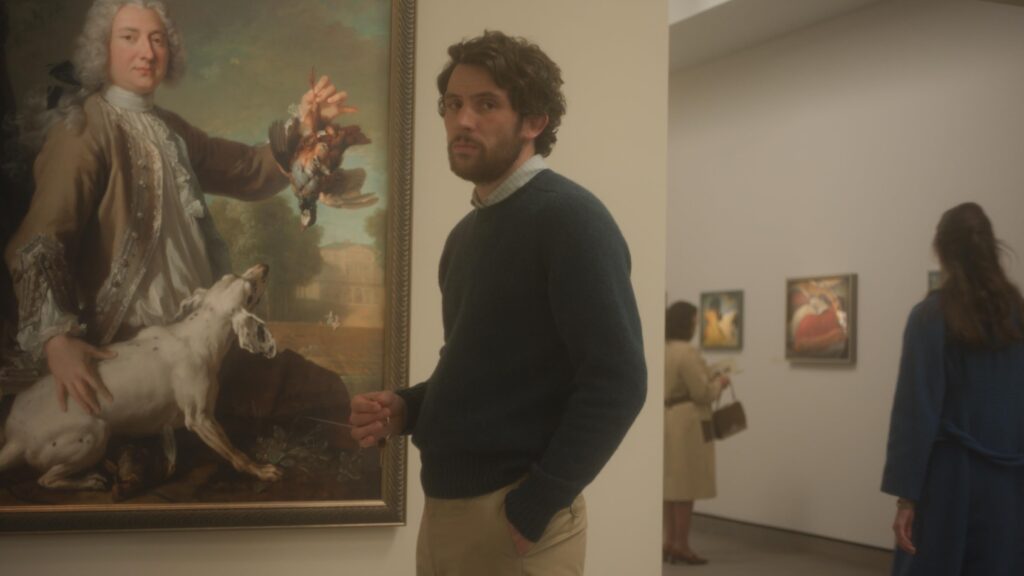
The Mastermind Review
The first half of the film plays out like a pretty conventional, albeit very laid-back, heist picture. We see the protagonist as he plans and executes the heist. It will come as no surprise to cinephiles that the heist Reichardt creates is not bombastic and convoluted, but much more grounded and realistic, yet it still maintains the air of fun and danger that defines the heist genre.
In the second half of the movie, the script starts to more closely resemble the rest of Reichardt’s repertoire — patient and character-driven. In this way, it almost resembles Robert Altman’s underseen masterpiece Thieves Like Us. Though mainstream audiences will be put off by the back half of the film (particularly its ending), those who are familiar with Reichardt’s style and work will find themselves in deep thought thanks to some of the filmmaker’s more apparently jarring choices.
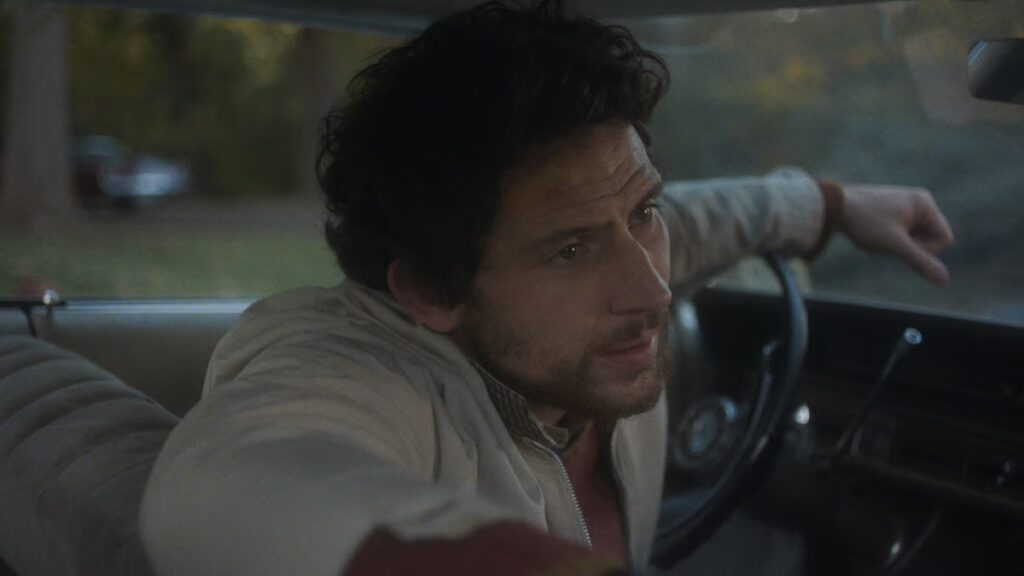
Of course, there’s much more to the movie than stealing art. The film is set against the backdrop of the Vietnam War and the brewing discontent among younger generations with US foreign policy during the era. It doesn’t wear its politics on its sleeve as much as, say, One Battle After Another, but if you observe the ways in which the protagonist’s world (as well as the world around him) are falling apart, you’ll see that Reichardt certainly has more on her mind.
Josh O’Connor (Challengers, The History of Sound) is continually proving himself to be one of the greatest rising stars in the film industry today. To his role in The Mastermind, O’Connor brings his natural, effortless charm, but also a quiet sadness that lends itself brilliantly to the movie — especially the third act. He slips so naturally into the role that if you said the role was written for him, it would be a completely believable conclusion. His talents allow the character to connect with the audience despite his poor decisions.
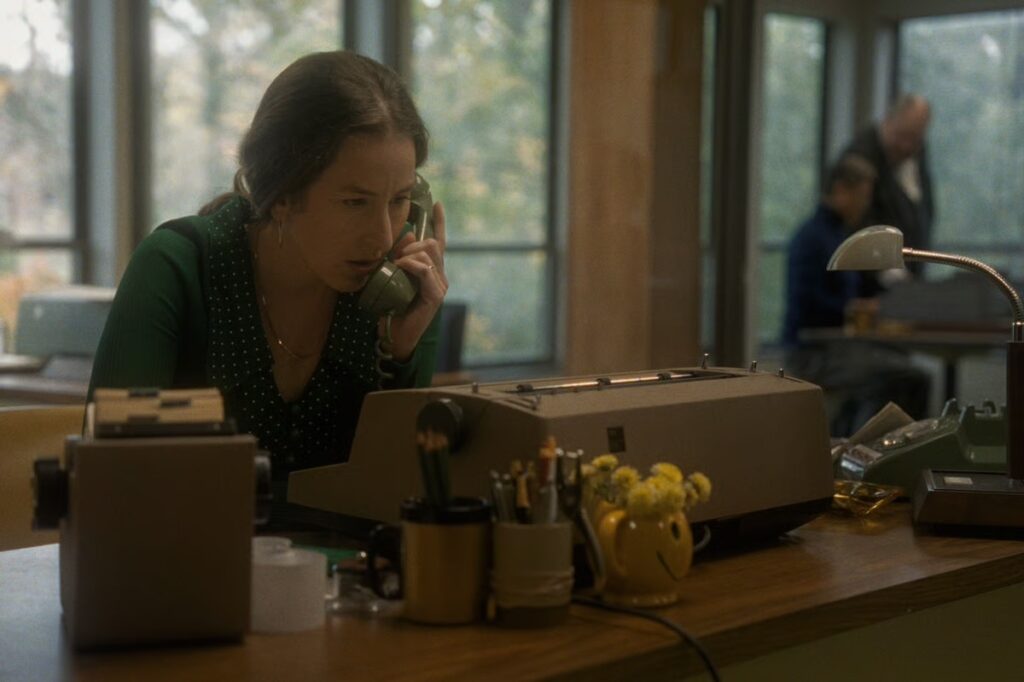
On the other hand, the rest of the characters in the film are frustratingly underdeveloped. Alana Haim plays the wife of O’Connor’s character, and her relationship with the protagonist is entirely surface-level. John Magaro (Past Lives) and Gaby Hoffmann (C’mon, C’mon) are more interesting as O’Connor’s friends, actually having unique arcs with genuine development.
The biggest highlight of The Mastermind is its aesthetic, which is stunning in typical Reichardt fashion. Frequent Reichardt collaborator Christopher Blauvelt’s cinematography is great, evoking the ‘70s vibe that the movie so clearly is channeling. The true MVP, though, is composer Rob Mazurek, whose jazzy score is unquestionably among the year’s best, lending the film a propulsive momentum that pushes it through its subdued pacing.
Is The Mastermind worth watching?
The Mastermind sees Kelly Reichardt doing something very different, for better or worse. It’s perhaps not as naturally thoughtful as the rest of her work, and as such, could certainly be deemed “minor Reichardt,” but that doesn’t mean that there is no meat on the bones here — you just have to dig a bit deeper than usual to find it.
The Mastermind opens in theaters on October 17.

